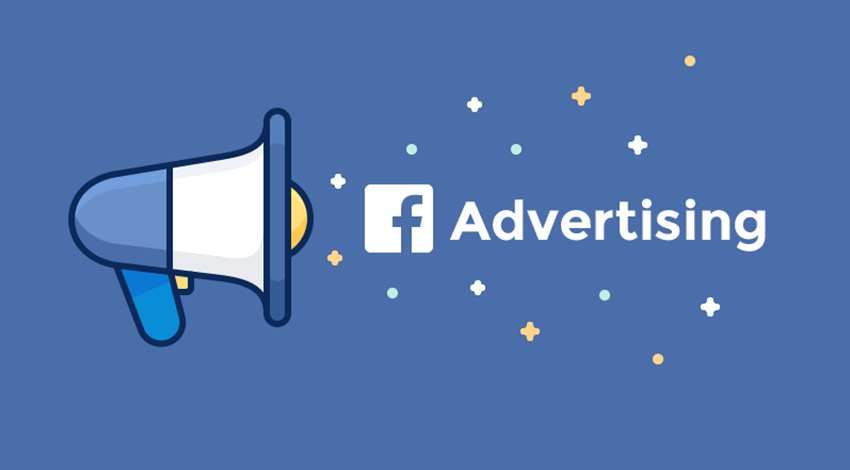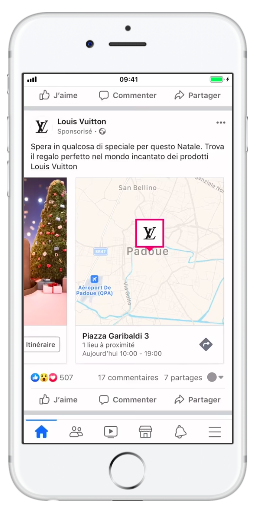In the second post of this series, we knew seven steps to create an ad on Facebook. Here, we will go through tips and ideas on how to advertise on Facebook in 2020
Let’s check it out!
5 clever strategies for running Facebook ads
1. Experiment with audience targeting
Start your journey with a narrow audience and then add one interesting category at a time to broaden it slowly. For example, you can begin with an audience specifically in “Napa Valley wine tours” and then broaden it after a few weeks.
You could begin by adding “wine” then “food and wine,” and so on. With that method, you’ll have a great experience of how expanding your target audience affects your results.
We will how to use Facebook Audience Insights.
You may also use audience targeting to create different ads for groups related to different business goals. For example, the way that you speak to existing customers is different than it when you do to people who have never heard of your business before. You can also provide them with promotions based on your existing relationship.
If you have a local business, you can use a zip or postcode to target your audience. This is even more helpful in case you know a particular city or neighborhood converts well.
Advertisers are paying to show you ads that you don’t understand, which they could easily avoid with language targeting.
2. Use the Facebook Pixel
The Facebook pixel is a small piece of code that can have a great influence on your Facebook ad campaign. When you place the code on your website, it lets you track conversions, remarket to people who have viewed a product on your site, and create lookalike audiences.
Even in case you’re not ready yet to engage in some of the more advanced Facebook Pixel strategies, you should install it now. That method you’ll have tracking and remarketing data ready to go when you’re ready to start optimizing your Facebook ads.
Use our step-by-step guide to using the Facebook Pixel and set up it on your website now.
3. Use top-notch photos and video
What’s a turnoff? Blurry photos. Or pixelated photos. Or jumpy videos that make you feel sick. Your words are important, sure, however, your visuals are what will first grab viewers’ attention and create the best impression.
These free stock photo websites from Hootsuite will help you source high-quality photographs to make use of in your adverts.
4. Test everything
It’s necessary not to make assumptions about what will work and what won’t in your Facebook ads. Every time you try something new, you should check it against your previous ads so you may see whether you’re making improvements to the metrics that matter most to you.
The best practices for Facebook adverts are constantly changing. Only you know what effectively works for your specific audience. And the only way you can keep that information up to date is through testing.
5. Track and optimize performance
You should use the Facebook Ads Manager dashboard to monitor how your campaigns perform. If a campaign isn’t performing well, put your money into another ad that is instead.
In case you’re just starting, it might make sense to run several adverts with small audiences and budgets. When you’ve determined what works best, use the winning ad as your primary campaign.
Here are a couple more resources on this:
Some tools will simplify and even automate this process.
Facebook ad ideas
Ready to go but don’t know what you should promote with your Facebook ads yet? We’ve put together three campaign strategies to help you get the start. If you’re looking for more inspiration, check out this link to explore the great Facebook ad examples.
Facebook advertising strategy 1: Convert a proven piece of content into a video ad
Every brand has a couple of pieces of content that drive most of the traffic each month. Adapting that content into a short video can be an effective way to repackage top content for the best Facebook ads.
To create your video, think about ways to convey your content’s key messages via short text and images. Then, use one of these social video tools to make your video, or create a slideshow video ad in Facebook Ads Manager.
Pro tip: Take a look at our social video strategy kit for marketers, which has lots of great insights about what kinds of video work best on social media.
Facebook advertising strategy 2: Drive a direct sale
In case you have a recognized brand and a good product, especially one with a relatively low price point, there’s no reason Facebook can’t generate direct sales.
Thinx uses this method to sell their period-proof underwear. Because the company has garnered significant media attention and has a relatively low-priced product, it’s an excellent candidate for this kind of ad approach.
Pro tip: One of the most effective ways to drive sales directly from a Facebook ad is to focus on people who have already considered buying your product.
Facebook advertising strategy 3: Think beyond the web
You don’t need to limit your Facebook advertising strategy to only online sales. With the store traffic goal, you can promote offline purchases, too.
You can also let people take part in an offline event. Use the engagement objective to increase event responses on Facebook, or use the traffic or conversions targets to get more people who buy your tickets.
Or, use the lead generation objective to get people to your store or dealership to experience your product in person—for instance, through a test drive.
Let’s take a look at an example here: Louis Vuitton used the store traffic objective in Italy to target adult shoppers within a set radius of one of their eight stores in that country. The ads used a carousel format to spotlight Louis Vuitton products along with a map to the nearest store location. The adverts led to 13,000 store visits at a cost of 1.32 euros per visit.
Pro tip: Facebook allows you to track offline conversions so you may understand the effectiveness of ads that drive sales offline. You can also use this tracking information to build custom audiences of people who interact with your brand offline, so you can target them even more effectively with future ads.


